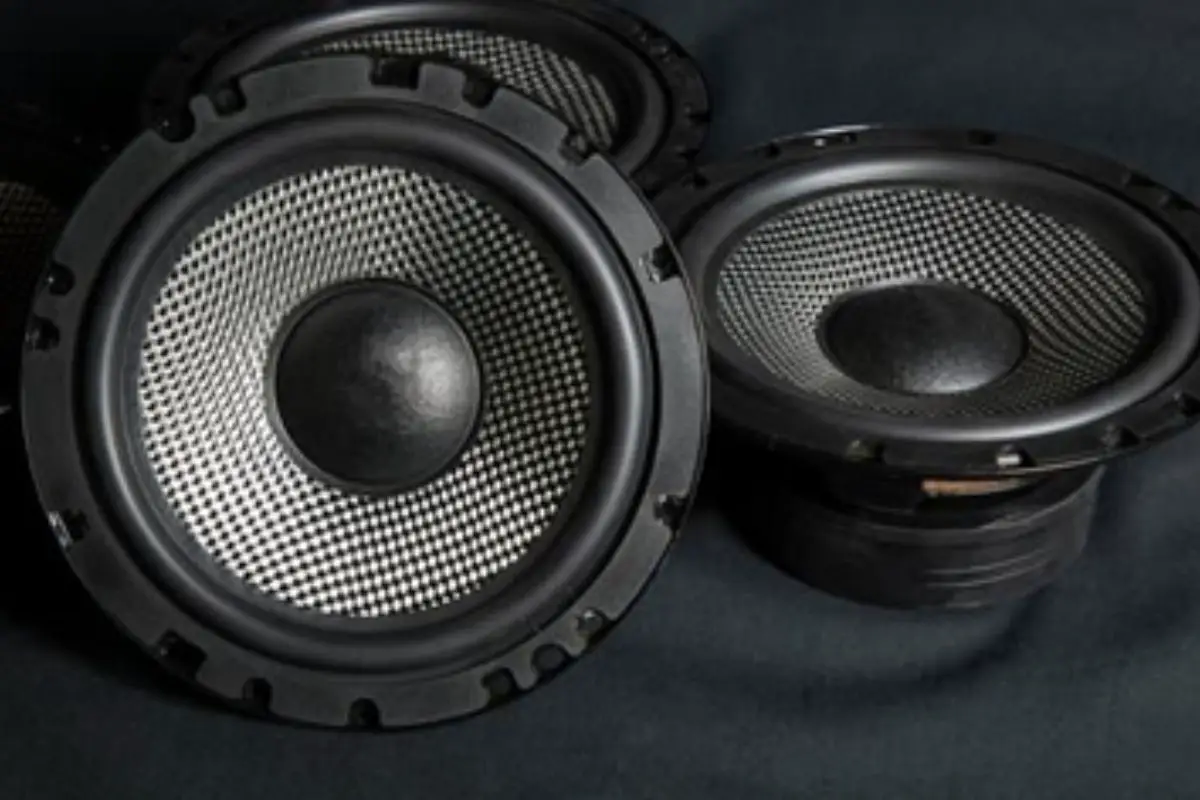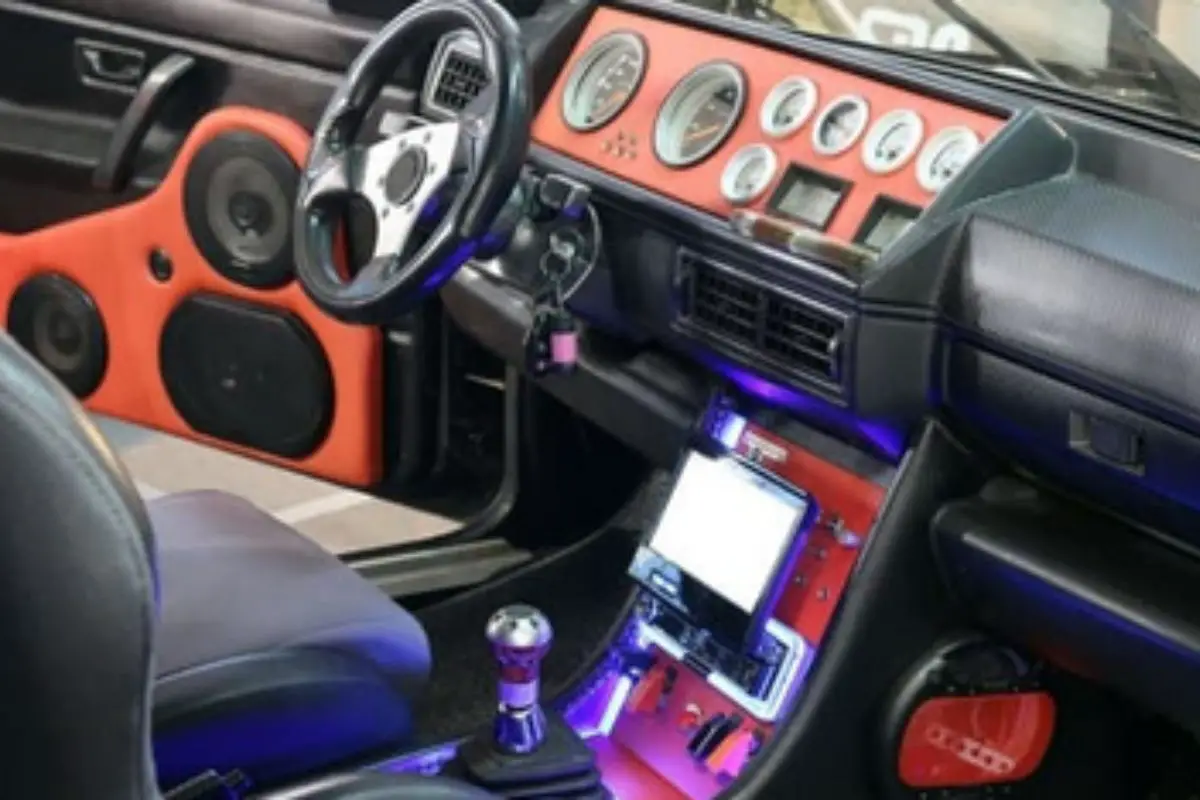Having an audio system with exceptional sound quality (SQ) in your car can greatly elevate your driving experience. But achieving that concert-hall level of pristine audio requires dedicated sound engineering practices in both gear selection and installation methodology. This comprehensive guide explores mastering top-tier SQ car audio builds from initial planning to final voltage verification.
Learn what distinguishes true high-fidelity setups from mediocre attempts plus analysis techniques used by pros to systematically construct uncompromising musical reproduction that makes factory systems pale in comparison. Whether fine-tuning a modest stock upgrade or engineering a custom show vehicle, incorporate these fundamental insights to build glorious SQ satisfaction.
Keys for Achieving Superior Automotive Sound Quality
Too often enthusiasts desire premium acoustics but neglect vital foundational elements that enable hi-fi nirvana leading to underwhelming fidelity. Construct flawless SQ in your bay with this core knowledge:
Acoustic Treatment & Noise Control
Attain total musical immersion by reducing external noise contamination and destructive soundwave reflections. Apply extensive vibration dampening, seal antenna/wiring gaps, sound proof doors and treat glass. Strategically place acoustic absorption panels tuning the interior geometry for smooth frequency response.
Robust Electrical Infrastructure
Elevate charging and power delivery stability catering to amplified components’ peak demands. Upgrade alternator, cabling (0 AWG minimum), fuse blocks and terminals reducing loss and uncertainty that degrade clarity. Add supplemental batteries securely mounted to frame.
Symmetry & Imaging
Arrange left/right driver pairs equidistantly for centralized stereo imaging. Strategically position subwoofers leveraging cabin gain sweet spots. Angled mounting often tightens bass while illuminating defects more readily. Verify consistently balanced output across the full tonal spectrum.
Alignment & Time Correction
Meticulously phase align crossovers, equalize outputs and calibrate driver timing offset through delay processing. This unifies wavefront output improving accuracy, precision and soundstage expansiveness crucial for believability.
With an fortified mechanical platform enabling your gear’s full potential, now shift focus towards hardware selection and placement using discerning ears.
Choosing SQ-Worthy Audio Components
When curating your high-fidelity audio arsenal, each included device must excel in noise rejection, sensitivity, frequency range, distortion metrics and electrical stability. As your build budget allows reach for:
- Head Units: Focus on clean pre-amp outputs with DSP capability enabling system calibration later. Look for 3+ volt RCA signal output at minimum.
- Amplifiers: Class D powerhouses offer ultra-high efficiency in compact footprints without sacrificing acoustic integrity making 1000+ watt systems feasible. Ensure plenty of headroom over speaker RMS values.
- Speakers: Look towards silk dome tweeters and woven fiber woofers in dedicated enclosures paired with quality crossovers. Full range drivers often force undesirable compromises. Proper mounting is mandatory — no foam tape cheat mounts allowed.
- Subwoofers: 10 inch subs, 12 inch subs, or 15 inch subwoofers premium transducers mounted in custom sealed/ported boxes deliver full impact reproduction down to lowest registers with minimal distortion. Focus efforts on integrating seamlessly.
- Digital Signal Processing: Ioaded with calibration tools like parametric EQs, time alignment presets and input/output manipulation unlocks an amplifier’s fullest potential. This is the keystone bridging artistry with science.
Wiring Considerations For Noise-Free Signal Transfer in SQ Car Audio Build
With revealing premium hardware secured, exercising meticulous care in signal passage prevents obscured resolution. Follow this advice:
- Use oxygen-free copper conductor wiring ensuring maximal current flow
- Twist positive and negative leads tightly to reduce interference
- Line high level connections with CLD dampener
- Separate high and low level wiring paths
- Spend maximum budget percentage on wiring
Arm yourself with this blueprint covering critical pillars of supreme fidelity project execution. Now examine master craftsman methodologies.
Step-By-Step Guide to Planning Your SQ Car Audio Build

Both underlying theory and real-world acoustical engineering inform aesthetic sonic craftsmanship. Adopt a disciplined scientific approach in your bay during every upgrade using this roadmap:
1. Model the Original Factory Signature
Catalog baseline acoustic characteristics including inherent rattles, resonances, dead spots, noise floor and general frequency response. Discover what the OEM engineers sought to achieve from their original constrained design. Replicate any stand out qualities in your revisions.
2. Sound Proof and Acoustic Treatment
Smother noise pollution sources like wheel wells and seal off exterior air gaps that diminish isolation. Adhere CLD sheets on doors and flooring muting transmitted vibrations. Strategically place absorption panels at early reflection points to smooth mid and high frequency decay irregularities. Treat glass with dampeners.
3. Design and Sketch Ideal Component Layout
Map desired driver placements catering to stage depth, height and centered imaging foundations. Model optimal enclosure and speaker axis alignments suits vehicle interior contours and sightline constraints. Iterate on mounting location arrangements through computer aided design revisions before wrench turning.
4. Calculate Voltage Requirements
Tabulate peak Ampere current draws for engine systems and new amplifiers establishing necessary alternator size. Specify power wire gauges and fuse ratings limiting allowable voltage drops across required cable lengths according to system power band needs.
5. Construct Custom Enclosures
With exact woofer alignent decided, build impeccably crafted sealed speaker boxes enabling ideal low frequency impact. Incorporate hand cut precision mounting rings allowing further angle tweaks during final installation. Prefab universal boxes prove imprecise for discerning builders.
6. Install Equipment in Phases
To rule out defects, connect head unit first verifying clean connectivity through speakers before integrating amplifiers. Once achieving initial sonic improvements methodically wire in additional channels documenting measured voltage at each stage.
7. Calibrate System Output
Following meticulous hardware validation, calibrate staging coherence, image focus and left/right output balance through included DSP software. Select obsessively perfected acoustic presets as a starting point then dial-in further listening environment nuances through independent parametric EQ tuning.
Adopting a studious acoustic engineering mindset opens creative possibilities for elevating simple sealed enclosures into instruments eliciting absolute emotive listener response through transcendent musical interpretation.
Frequently Asked Questions on SQ Car Audio Builds
Pursuing revelations found when obsessing over the smallest high fidelity audio subtleties unlocks glorious long term rewards yet also raises common queries:
How important is sound damping in an SQ build?
Arguably nothing enables purer playback than comprehensive noise isolation allowing subtle low level detail and imaging to emerge. Expect to spend weeks perfecting decoupling.
What speaker types best complement subwoofers?
Look to dedicated midbass drivers and silk dome tweeters mounted in isolated enclosures with steep crossover slopes. This divides the frequency spectrum cleanly to avoid muddiness.
Should I focus budget on speakers or amplification?
Allocate slightly more on quality speakers/enclosures skimping slightly on amp expense. Capable drivers still outperform under excessive distortion. Add more power later if demanded.
Will minor delay misalignment ruin an SQ system?
Absolutely. Mere millisecond discrepancies disrupt phase coherency collapsing imaging. Meticulously align driver output through processing. Also verify wiring polarity matches schematics.
Should SQ car audio builds focus on sound competition or enjoyability?
Ideally both. But cater first to your individual listening taste then hone further seeking wider appraisal. It’s pointless chasing arbitrary standards losing sight of emotional immersion goals.
Construct your supreme sanctuary eliciting absolute musical surrender through quality components, comprehensive acoustic treatment and an obsessive methodology seeking sonic perfection at all costs.
Final Thoughts – Achieving Pure Automotive Aural Bliss
Treat premium sound quality car audio development as high art by adopting an almost scientific acoustic engineering discipline pushing creative possibilities. Construct pristine high fidelity listening spaces enabling profound emotional surrender through transcendent musical interpretation built on robust electrical backbones.
Establish foundations of noise isolation treatment and symmetrical precision driver arrangements in custom enclosures. Continually validate voltage stability demands during methodical component integration plus post-calibration output scrutiny verifying immaculate frequency response across the full spectrum.
The glory found when audio clarity takes precedence over all other facets of car customization is supremely rewarding yet intensely challenging. But like any obsession, the journey itself enables self actualization.
Also read:
Best Digital Sound Processor with Equalizer and Crossover
How to Build Your Own Car Audio System Online in 6 Easy Steps

Kenny Owen is an acclaimed audio expert and longtime enthusiast with a deep passion for sound technology. With over 15 years of experience in the car and home audio industry, Kenny has established himself as a trusted authority on everything from speaker setups and amplifier configurations to the latest audio equipment and innovations.
Through his engaging writing style and meticulously researched articles, Kenny shares his vast knowledge on optimizing audio systems for superior sound quality. He provides in-depth tips and tricks for achieving the best listening experience, whether it’s tuning a car’s audio system for an immersive musical journey or creating a high-fidelity home theater setup. Additionally, Kenny’s comprehensive buying guides empower readers to make informed decisions when investing in audio components, ensuring they get the most bang for their buck.

Kenny Owen is an acclaimed audio expert and longtime enthusiast with a deep passion for sound technology. With over 15 years of experience in the car and home audio industry, Kenny has established himself as a trusted authority on everything from speaker setups and amplifier configurations to the latest audio equipment and innovations.
Through his engaging writing style and meticulously researched articles, Kenny shares his vast knowledge on optimizing audio systems for superior sound quality. He provides in-depth tips and tricks for achieving the best listening experience, whether it’s tuning a car’s audio system for an immersive musical journey or creating a high-fidelity home theater setup. Additionally, Kenny’s comprehensive buying guides empower readers to make informed decisions when investing in audio components, ensuring they get the most bang for their buck.

